|
Much ado about Tantalum. Again., by Richard Burt**, Consultant. Elora, Canada in pdf format. (2.1 MB)
Tantalum was first isolated as a discrete element in 1802, by Anders Ekeberg, who wrote "This metal I call tantalum ... partly in allusion to its incapacity, when immersed in (many) acids, to absorb any and be saturated" – a reference to Greek mythology, where Tantalus, as a punishment for several heinous acts, was condemned to stand in water, under a fruit tree, but never be able to reach the fruit nor drink the water.
Compared to the 'major' metals, the tantalum industry is tiny: total world mine production rarely exceeds 2000 metric tonnes of contained Ta2O5 a year, which equates to an annual value, at today's prices, of about US$300 million, less than 1% of the value of world's copper output.
Tantalum is not traded on the L.M.E. - or any other exchange. Prices are set – either on long term contracts, or parcel by parcel - between miner or trader and processor, on a confidential basis. Even the industry body, the Tantalum-Niobium International Study Center which collects, collates and publishes data on volumes of material as it passes through the supply chain, is by its mandate, and for anti-trust reasons, prohibited from collecting, publishing, or even discussing current and future prices.
There are relatively few industrial mines. Classically these sold their output to only a handful of chemical processors (colloquially often known as smelters). In addition, a not insignificant amount of material is won by artisanal means. Here the rough product passes through several hands that upgrade and blend small packages, prior to international traders selling these to the processors. None of these artisanal mines are, of themselves, of any significance, but as a whole they make up an important part of the market, in that they can come 'on stream' or shut down at a moment's notice. Processors sell their product to a variety of customers who fabricate it into something else (for example, capacitors, bar, rod, etc.) which are then sold to manufacturers for integration into their products.
Market confidentiality, artisanal mining, convoluted supply chain. Add to this, that one of tantalum's major uses is in the electronics industries, and it is little surprise that a decade or so back some civil societies decided the tantalum used in cell phones would be the ideal target for their campaigns to alert the 1st world to the horrendous civil strife in central Africa. Right campaign, wrong target, as this paper will show.
The paper will also show that, while industrial mine production dropped dramatically after the 2008 recession, it is recovering, as old mines are restarting and new ones are close to coming on stream.
----------
**Richard Burt worked in the Cornish tin mining industry for 12 years before emigrating to Canada in 1977. From 1977 to 2007 he was Mill Superintendent, then, from 1983, General Manager at Tantalum Mining Corporation of Canada (Tanco). He subsequently moved to Tanco's parent company, Cabot Corporation. as Director of Mineral Development, with a world-wide mandate primarily involved in tantalum at that time. In 2002 he set up his own consultancy, specialising in gravity concentration and various aspects of the tantalum industry, with an international client list. Burt was awarded the Selwyn Blaylock Medal in 1998 for services to Canadian industry. He was an overseas member of the council of the IMM 1998-2003 and president of the Tantalum-Niobium International Study Center from 2009-11. Since 2009 he has been heavily involved in the central African conflict minerals issue.
|
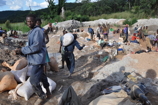
A washing area at a typical artisanal mine, Katanga, DRC. (Picture courtesy K. Hayes)
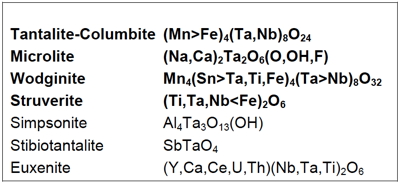
|
|
New Mexico Geological Society Guidebook: Rare Earth Bearing-minerals of the Petaca District, Rio Arriba County, New Mexico, by Michael N. Spilde, Steve Dubyk, Brian Salem, and William P. Moats
in pdf format. (713 KB)
Power Point presentation: Rare and Unusual Minerals from the Petaca Pegmatite District of New Mexico, by Michael N. Spilde, Brian Salem, Steve Dubyk, and William P. Moats
in pdf format. (3.2 MB)
Ten pegmatites were sampled across the Petaca District of northern New Mexico. Samples were analyzed by electron microprobe to identify composition and mineral type and to determine the presence of rare earth elements (REE). Monazite-(Ce) is present throughout the district and contains significant enrichment of Th, in addition to Ce and other light REE. Thorite and xenotime were found to be enriched in moderately heavy REE. Zircon, while not high in REE, contained significant Hf. Samples of Y- REE- Ta- Nb- Ti oxides were analyzed and then classified using statistical analysis into polycrase(Y), euxenite-(Y), and samarskite-(Y). Polycrase is a new mineral for the state. Samples of columbite-tantalite group minerals were analyzed and found to be columbite-(Mn). Based on the mineralogy of these pegmatites, they can be classified as NYF pegmatites and are likely derived from shallow A- or I-type granite bodies not yet exposed in the region.
|
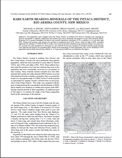
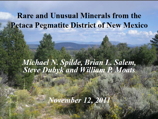
|
|
Poster: Mineral geochemistry and petrogenesis of granitic pegmatites in the Fregeneda-Almendra area (Spain and Portugal), by Vieira, R., Roda-Robles, E., Pesquera, A., and Lima, A.
Poster: Mineral geochemistry and petrogenesis of granitic pegmatites in the Fregeneda-Almendra area (Spain and Portugal) in pdf format:
Vieira_et_al_Hutton_2011 (12.4 MB)
The Fregeneda-Almendra pegmatite field (Spain-Portugal) is characterized by the occurrence of numerous pegmatites of different types. Most of these pegmatites are barren, but Li- and/or Sn-rich bodies are also abundant in the northern part of the field. These pegmatites intruded mainly the Schist- Greywacke Complex, north of the syn- to late-Variscan Mêda-Penedono-Lumbrales leucogranite complex (MPL). They show a zonal distribution with the degree of evolution increasing northwards relative to the MPL. In order to shed light on the genetic relationships between granites and pegmatites in the FA field, representative micas from the muscovite-lepidolite series were separated from the different pegmatite types, as well as from the MPL granitic complex and from another granite detected by drills in the north of the area. These mica samples have been used to date their hosting rocks by the step-heating 40Ar/39Ar method. Moreover, a geochemical modelization has been made in order to define the possible evolutionary trends, and the petrogenetic affiliation of the different pegmatite types, as well as the relationships between the pegmatites. A first event of pegmatite formation would be related to the crystallization of the syn- to late-D3 Variscan MPL granitic complex. The trace-element modeling shows that lower rates of fractional crystallization, from a melt with similar composition to the MPL, would originate the barren intragranitic pegmatites and the granitic apophysis that outcrop close to the MPL, whereas higher degrees of fractional crystallization would be related to the origin of the Sn-rich dykes of the Feli open pit. These bodies, with plateau ages ranging between 300.0 ± 3.5 to 304.8 ± 4.4 Myr, intruded S3 tectonic foliations (N100-120E) and are connected to the Variscan polyharmonic folding and to the MPL emplacement. The generation of some conformable metamorphic and granitic-pegmatitic segregations that outcrop in the proximities of the MPL, considered to form part of the Alamo Complex, would be coetaneous or preceding this process. The discordant intermediate and the Li-rich pegmatites represent highly differentiated melts, enriched in rare-elements, especially lithium. They infill late-tectonic Variscan sinistral structures (NNE-SSW and NE-SW), with plateau ages ranging from 295.1 ± 4.2 to 296.4 ± 3.5 Myr. The trace-element modeling demonstrate that these pegmatites would be related to high rates (≥ 90%) of fractional crystallization from melts with compositions analogous to the late- to post-D3 Variscan granites, e.g., Saucelle or Villar de Ciervo granites, respectively. However, the difference of 10 Myr in the age between the late-D3 Variscan granites and these pegmatites, exclude those granites as potential generators of the Li-rich pegmatites. Accordingly, the evolved pegmatites could be related to a late-Variscan (300 to 280 Myr) non-outcropping granite as a result of high rates (≥ 90%) of fractional crystallization.
|
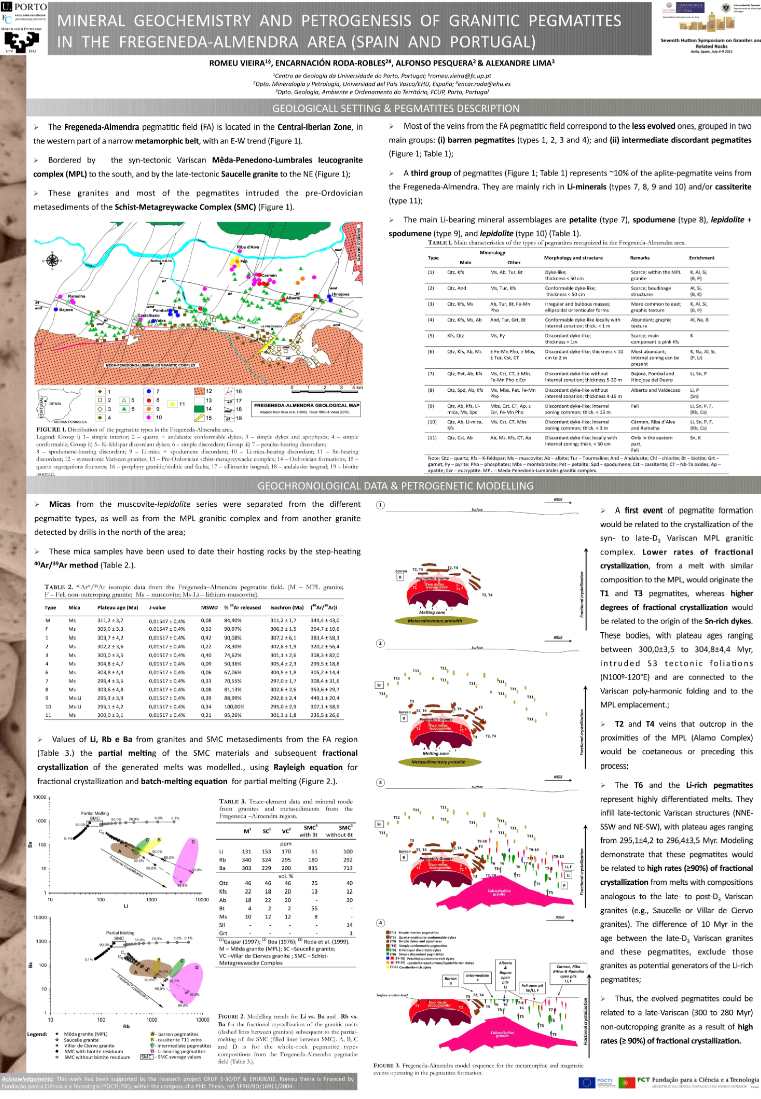
|
|
The 5th International Symposium on the Granitic Pegmatites, Mendoza, Argentina, February 20-27, 2011
The 5th International Symposium on Granitic Pegmatites was held in Mendoza, Argentina. There were 4 invited speakers: D. London, R. Martin, M. Novak and W. Simmons, 29 oral conferences and 26 posters all related to different pegmatology disciplines: mineralogy (28), geochemistry (10), petrology and petrogenesis (21). The 125 authors, representing 5 continents, sent their contributions and more than half of them attended the symposium. The second day of the conference was dedicated to celebrate and honor the life-long academic path of Dr. Petr Cerny.
There was a post-symposium Field Trip (February 24-27) to the San Luis ranges, which permitted the observation, discussion and sampling of different types of granitic pegmatites outcropping in the southern districts of the Pampean pegmatite province. Part of the field trip consisted in the visit to the Milling plant where feldspar and quartz from different pegmatites of the region are processed: P G La Toma. There was a guided visit to the plant.
Technical Program, Contributions, and Field Trip Guidebook in pdf format:
Contributions to the 5th International Symposium on Granitic Pegmatites (21.4 MB)
Field Trip Guidebook - Granitic Pegmatites of the San Luis Ranges (5.2 MB)
|
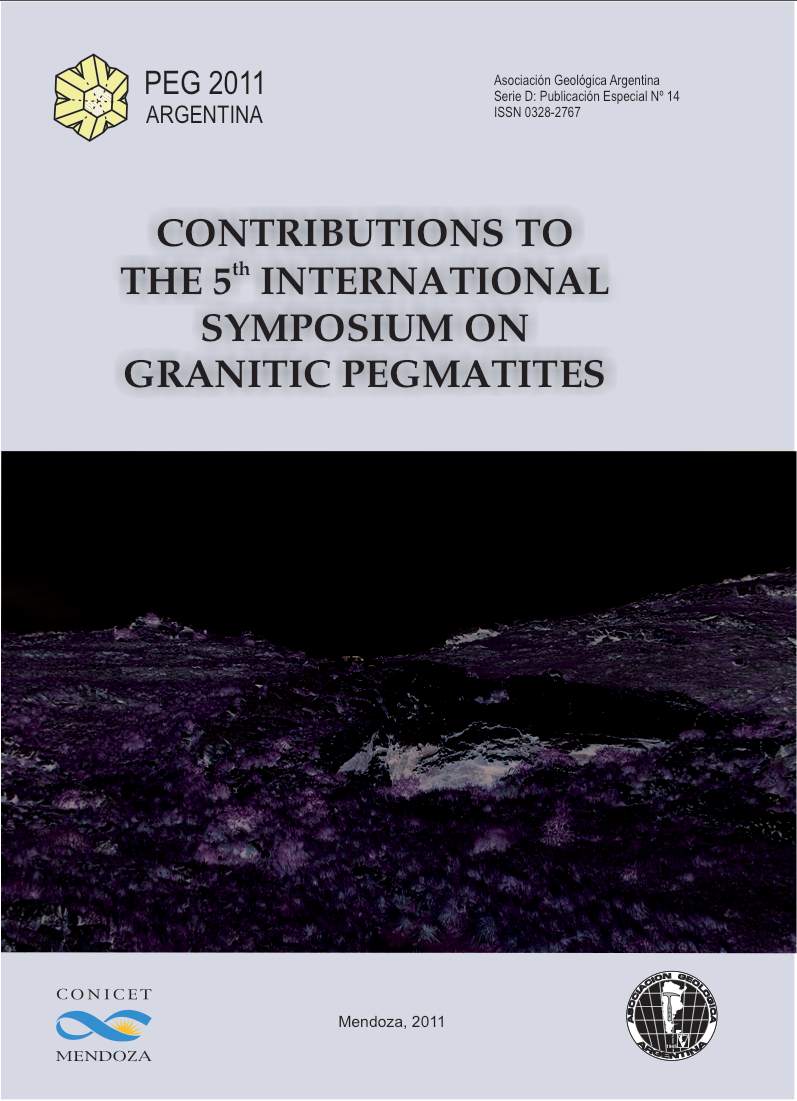
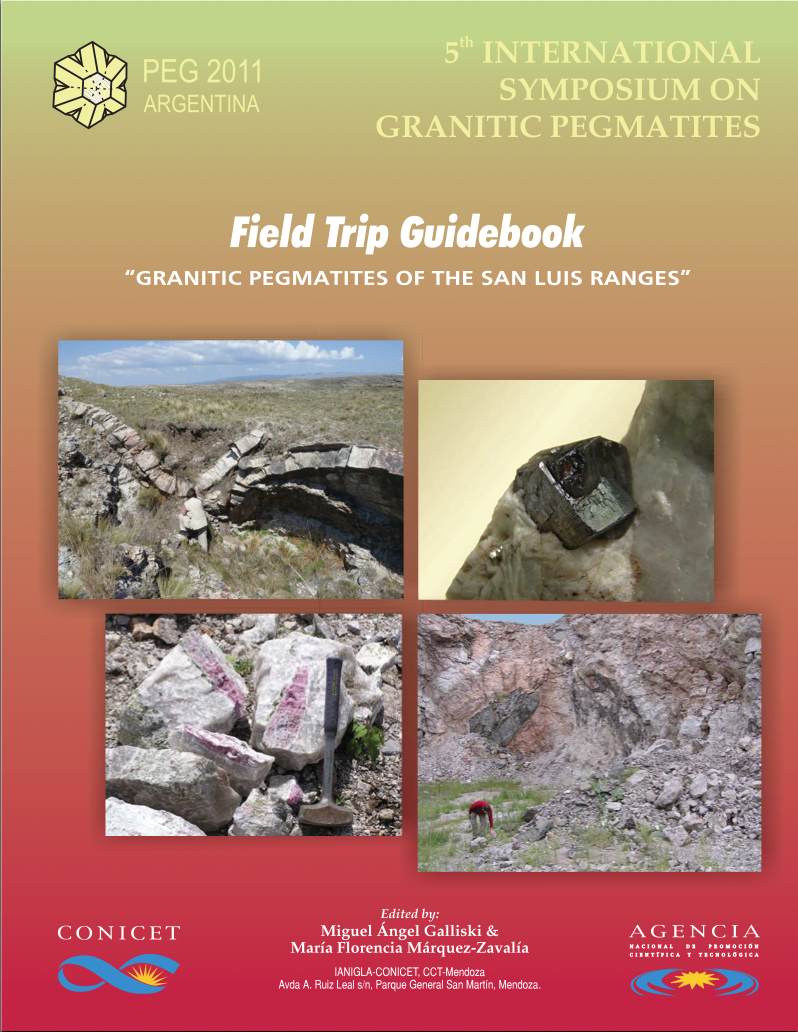
|
|
Field Course on the Rare Element Pegmatites of Madagascar, June 11 - 22, 2001, Antananarivo, Madagascar.
Organized by Museum of Natural History, Milan (Italy), University of New Orleans, Dept. of Geology & Geophysics (LA – USA) Direction of the Geological Survey, Ministry of Energy and Mines, Antananarivo (Madagascar) with the collaboration of ATPEM (Assistance Technique aux Petits Exploitants Miniers), Direction des Mines et de la Géologie, Antananarivo (Madagascar) Gondwana Gems, Antananarivo (Madagascar). Organizing Co-Sponsors: S.N.T.P. International, Group CFE, Antananarivo (Madagascar). UNESCO-IUGS-IGCP.
Technical Program And Field Trip Guidebook in pdf format:
text (194K)
figures 1-5 (173K) figures 6-11 (203K)
|
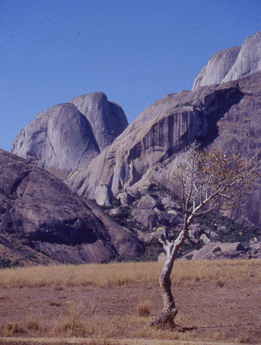
|
|
The new discovery of a LCT pegmatite in the Adamello massif, Central Southern Alps, Italy.
by Federico Pezzotta & Alessandro Guastoni, Museo Civico di Storia Naturale, Corso Venezia 55, 20121 Milan, Italy.
in pdf format:
text + 1 figure (64K) |
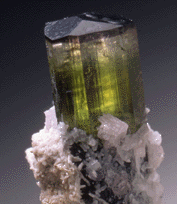
|
|
Active Gem Mining at the Cryo Genie Pegmatite Mine, southern California
by Jim Clanin, JC Mining (Reports 1-8); Kenneth L. Gochenour (Report 9)
in pdf format:
Report 1 (Aug 1, 2002): text + 3 figures (180K)
Report 2 (Sept 1, 2002): text (56K)
Report 3 (Sept 7, 2002): text + 2 figs. (108K)
Report 4 (Sept 13, 2002): text (48K)
Report 5 (Sept 21, 2002): text (83K)
Report 6 (Sept 29, 2002): text + 3 figs. (560K)
Report 7 (Oct 27, 2002): text + 2 figs. (150K)
Report 8 (Nov, 2002): text + 2 figs. (132K)
Report 9 (Sept, 2002): text + 4 figs. (180K) |
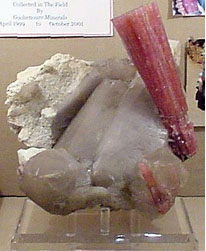
|
|
The Anjahamiary pegmatite, Fort Dauphin area, Madagascar.
by Federico Pezzotta , Museo Civico di Storia Naturale, Corso Venezia 55, 20121 Milan, Italy and Marc Jobin, SOMEMA, BP 6018, Antananarivo 101, Madagascar.
in pdf format:
text + 2 figures + 4 photographs (64K) |

|
|
Application of Ground Penetrating Radar (GPR) at the Cyro-Genie Gem Pegmatite Mine, San Diego County, California
by Jeffrey E. Patterson, University of Calgary, Calgary, AB, Canada.
Mining continues through 2003 at the Cryo-Genie mine, near Warner Springs, California, and large, crystal-filled miarolitic cavities are still being discovered. To aid in the exploration for pockets, Jeffrey Patterson conducted a survey by ground penetrating radar (GPR), and his recently published report is available here in pdf format:
text 25 pages + 40 figs. (1.7 MB)
Patterson, J.E., 2003, Application of Ground Penetrating Radar (GPR) at the Cryo-Genie Gem Pegmatite Mine, San Diego County, California, in: Murbach, M.L., and Hart, M.W., eds., Geology of the Elsinore Fault Zone, San Diego Region, San Diego Association of Geologists / South Coast Geological Society 2003 Field Trip Guide, Hot Springs and Tourmalines of Eastern San Diego County, Ô31, 45-62. |
|
Spessartine from Navegador, Minas Gerais, Brazil: Etch or Growth Features?
by David London, School of Geology & Geophysics, University of Oklahoma, Norman, OK 73019 USA e-mail: dlondon@ou.edu.
in html format:
text + 14 figures (820K)
in pdf format:
text + 14 figures (1.8M)
Postscript: Spessartine from Navegador, Minas Gerais, Brazil: Etch or Growth Features?
in html format:
text + 3 figures (5K)
in pdf format:
text + 3 figures (258K) |

|
|
Petrography and Geochemistry of the Li-F Granites and Aplite-Pegmatoid Banded Rocks of the Orlovka and Etyka Tantalum Deposits in the East Transbaikalia
by G.P. Zaraisky (1), R. Seltmann (2), V.V. Shatov (3), A.M. Aksyuk, Yu.B. Shapovalov (1), and V.Yu. Chevychelov (1)
(1) Institute of Experimental Mineralogy (IEM), Chernogolovka, Moscow District, Russia
(2) GeoForschungZentrum (GFZ), Potsdam, Germany
(3) All-Russia Geological Research Institute (VSEGEI), St. Petersburg, Russia
in html format:
text + 5 figures
in pdf format:
text + 5 figures (472K) |
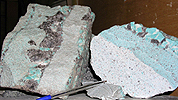
|
|
Exceptional Chiavennite Associated with Pezzottaite from the Sakavalana Pegmatite, Ambatovita, Madagascar
by Federico Pezzotta(1), Alessandro Guastoni(1), Herve Forner(2),
Francesco Demartin(3), and Roy Kristiansen(4)
(1) Museo di Storia Naturale, Corso Venezia 55, 20121 Milano, Italy
(2) TRASPARENCE s.r.l., Ambatomaro, Antananarivo, Madagascar
(3) Dep. Chimica Strutturale e Stereochimica Inorganica, Universitý di Milano, Via G. Venezian 21, 20133 Milano, Italy
(4) P.O. Box 32, N-1650 Sellebakk, Norway
in html format:
text + 6 figures
in pdf format:
text + 6 figures (452K) |
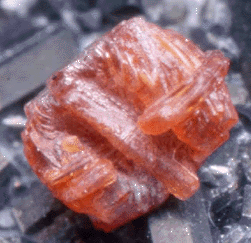
|
|
Mining News from Mt. Mica, Maine - 2004
Gary Freeman
in html format:
text + 11 figures
in pdf format:
text + 11 figures (450K) |
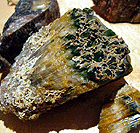
|
|
Mining News from Mt. Mica, Maine - 2005
Gary Freeman
in html format:
text + 14 figures (38K)
in pdf format:
text + 14 figures (2.5 M) |
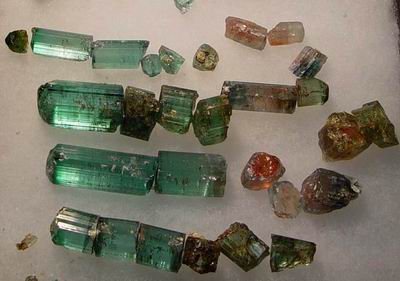
|
|
Mining News from Mt. Mica, Maine - 2006
Gary Freeman
in html format:
text + 8 figures (7K)
in pdf format:
text + 8 figures (4.4 M) |
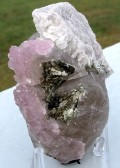
|
|
Crystallization Processes in Granitic Pegmatites
Internation Meeting, May 23-28, 2005
Cavoli, Elba Island, Italy
Federico Pezzotta
General Information (pdf) (344K)
List of Participants (pdf) (80K)
Field Program (pdf) (376K)
Figure Captions and Links to Photos (html) (4K)
List of Abstracts with Links (html) (4K)
|
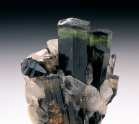
|
|